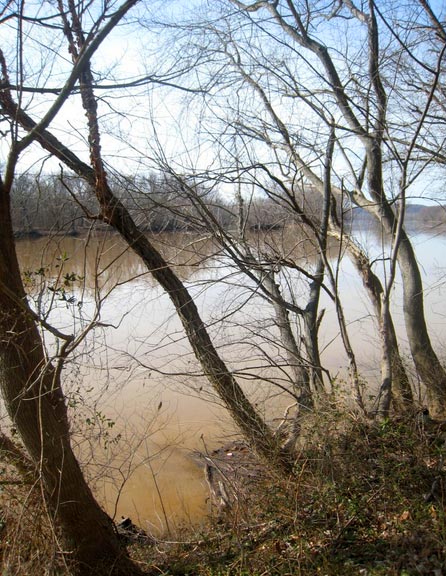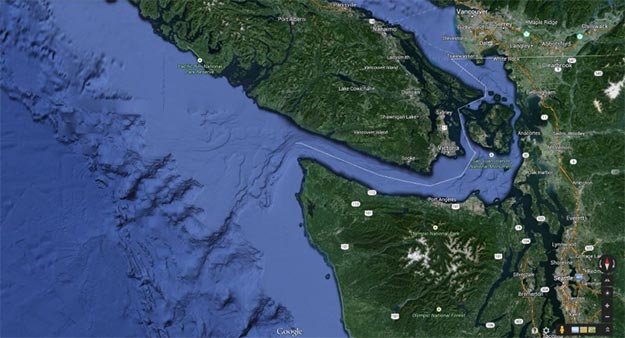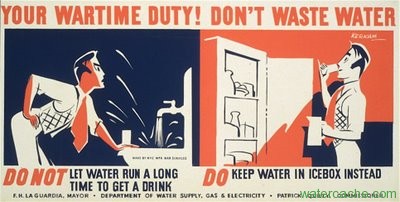Clean water is a fundamental part of a healthy lifestyle. The majority of our society relies on municipal water sources to supply their household needs. Most city water sources contain highly contaminated forms of water that are then sanitized with potent chemical agents. Water filtration is especially important to make municipal water acceptable to drink.
 Municipal water systems contain chemical residue from pesticides, herbicides and industrial waste. It also contains several strains of pathogenic bacteria and viruses. The Environmental Protection Agency (EPA) has accepted the definition of “pure” water as that which is free of bacterial components. This does not include the chemical contaminants that threaten human health. A water purification system focuses solely on removing bacterial components without attempting to rid the water of chemicals and minerals. Read more
Municipal water systems contain chemical residue from pesticides, herbicides and industrial waste. It also contains several strains of pathogenic bacteria and viruses. The Environmental Protection Agency (EPA) has accepted the definition of “pure” water as that which is free of bacterial components. This does not include the chemical contaminants that threaten human health. A water purification system focuses solely on removing bacterial components without attempting to rid the water of chemicals and minerals. Read more





